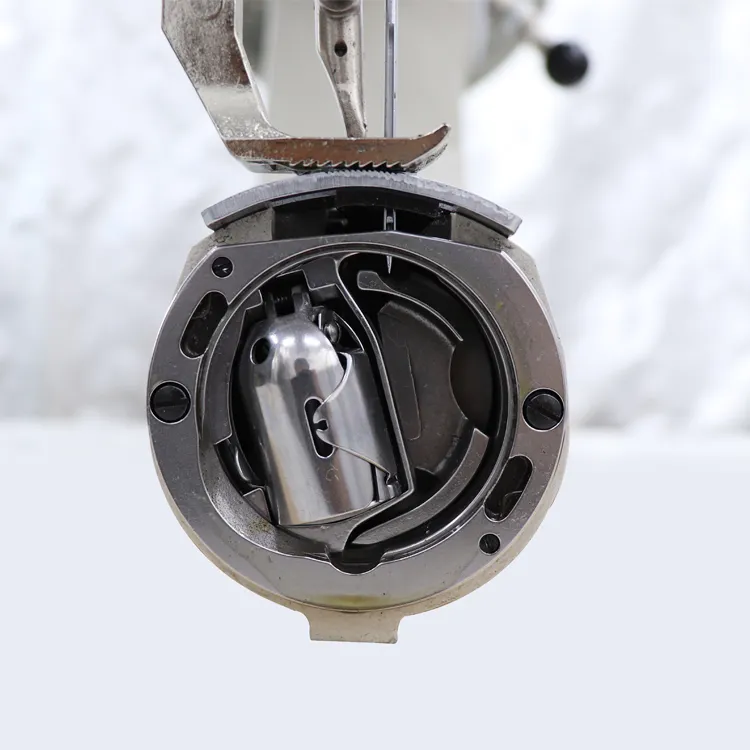Understanding the Role of a Serger Machine in Sewing Projects and Techniques
What is a Serger in Sewing?
Sewing is a craft that combines creativity with practical skills. While traditional sewing machines are indispensable for many projects, sergers play a critical role in achieving professional-quality finishes on fabric edges. Understanding what a serger is, how it works, and its benefits can elevate your sewing game significantly.
A serger, also known as an overlock machine, is a specialized sewing machine designed to join, trim, and finish edges of fabric in a single operation. Unlike conventional sewing machines that typically use two threads to create a stitch, sergers employ multiple threads—usually three or four. This unique threading system allows sergers to create a variety of stitches, including overlock, rolled hems, and flatlock stitches, which are ideal for knit fabrics and delicate materials.
What is a Serger in Sewing?
Sergers are differentiated by the number of threads they use. The more threads a serger has, the more versatile it can be. A three-thread serger is excellent for simple seams and narrow hems, while a four-thread serger can create stronger seams ideal for heavy fabrics and garments that undergo stress, such as activewear. Some advanced models even provide options for using up to five threads, allowing for more decorative stitching.
what is a serger in sewing

In addition to edge finishing, sergers can also accomplish a range of specialized tasks. Many models offer differential feed, which adjusts the speed of the feed dogs; this feature is essential for handling fabrics that stretch or pucker. For instance, when sewing with slippery or stretchy materials, the differential feed can be set to ensure even feeding and prevent distortion. Other functions might include the ability to create flatlock stitches for decorative seams or rolled hems for lightweight fabrics, enabling sewists to expand their creativity.
The benefits of using a serger are manifold. First and foremost, it saves time. Tasks that would typically require multiple steps with a traditional machine—sewing the seam, trimming the fabric, and finishing the edge—can be accomplished in one swift motion. This efficiency makes sewing projects quicker and more enjoyable. Additionally, sergers provide a level of finish that elevates the overall quality of the garments, giving them a polished and professional appearance.
While sergers offer numerous advantages, they can also present a learning curve. The threading process can be intricate, and adjusting the tension settings is crucial for achieving the desired stitch quality. Most people find it beneficial to refer to the manual or watch tutorials to understand their specific model better. Investing time in mastering the serger can significantly enhance your sewing skills and project outcomes.
In conclusion, a serger is an invaluable tool in the arsenal of any sewist, whether a beginner or an experienced crafter. Its ability to simultaneously sew, trim, and finish edges allows for efficient and professional-looking results that are hard to achieve with a standard sewing machine alone. As you embark on your sewing journey, consider adding a serger to your sewing room—it's a decision that can open up a world of creative possibilities.
-
Industrial Cylinder Arm Sewing Machine: Revolutionizing Heavy-Duty SewingNewsJul.28,2025
-
Cylinder Arm Sewing Machine: Perfect for Special Sewing ApplicationsNewsJul.28,2025
-
Cylinder Bed Sewing Machine: Essential for Sewing Complex MaterialsNewsJul.28,2025
-
Heavy Duty Sewing Machine: The Essential Tool for Industrial ApplicationsNewsJul.28,2025
-
Computerized Pattern Sewing Machine: Revolutionizing Precision StitchingNewsJul.28,2025
-
Heavy Duty Industrial Sewing Machine: Power Meets PrecisionNewsJul.28,2025
-
Leather Sewing Machine: The Industrial Standard for Tough MaterialsNewsJul.18,2025





























